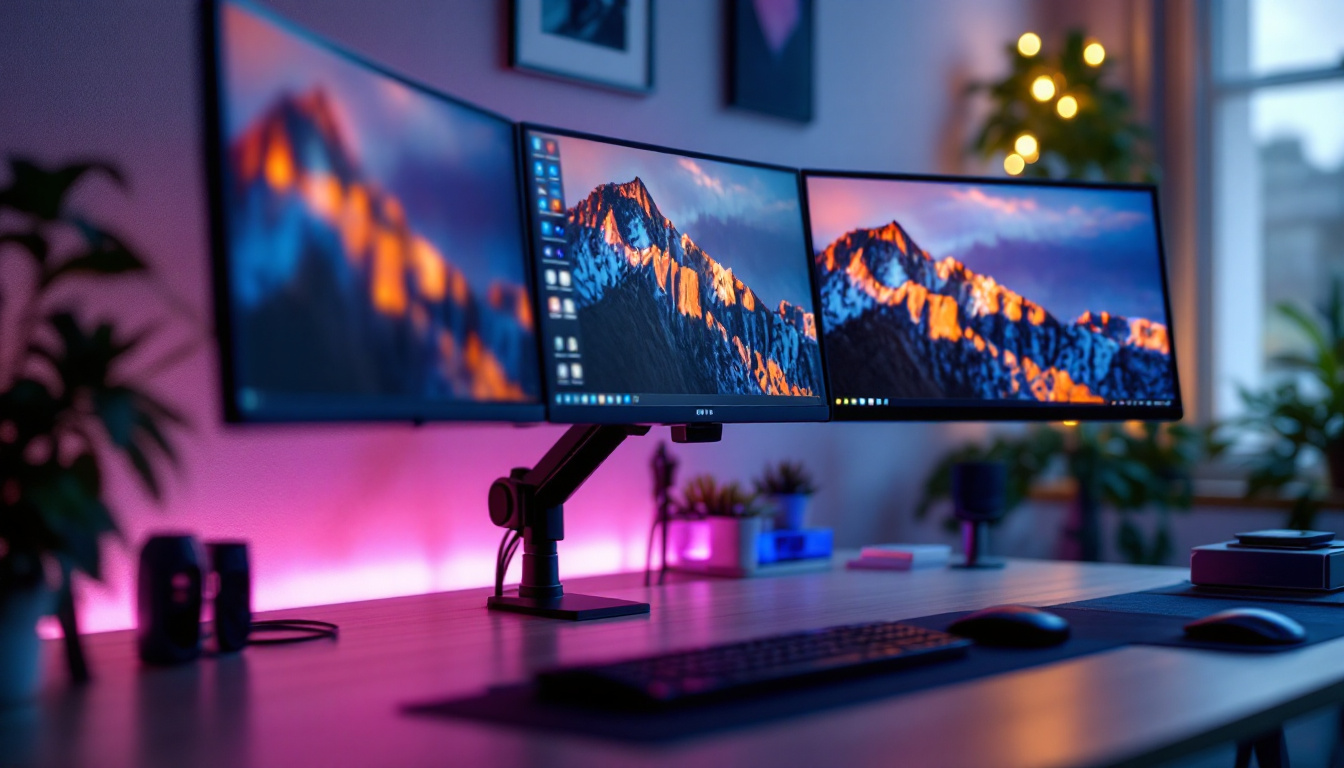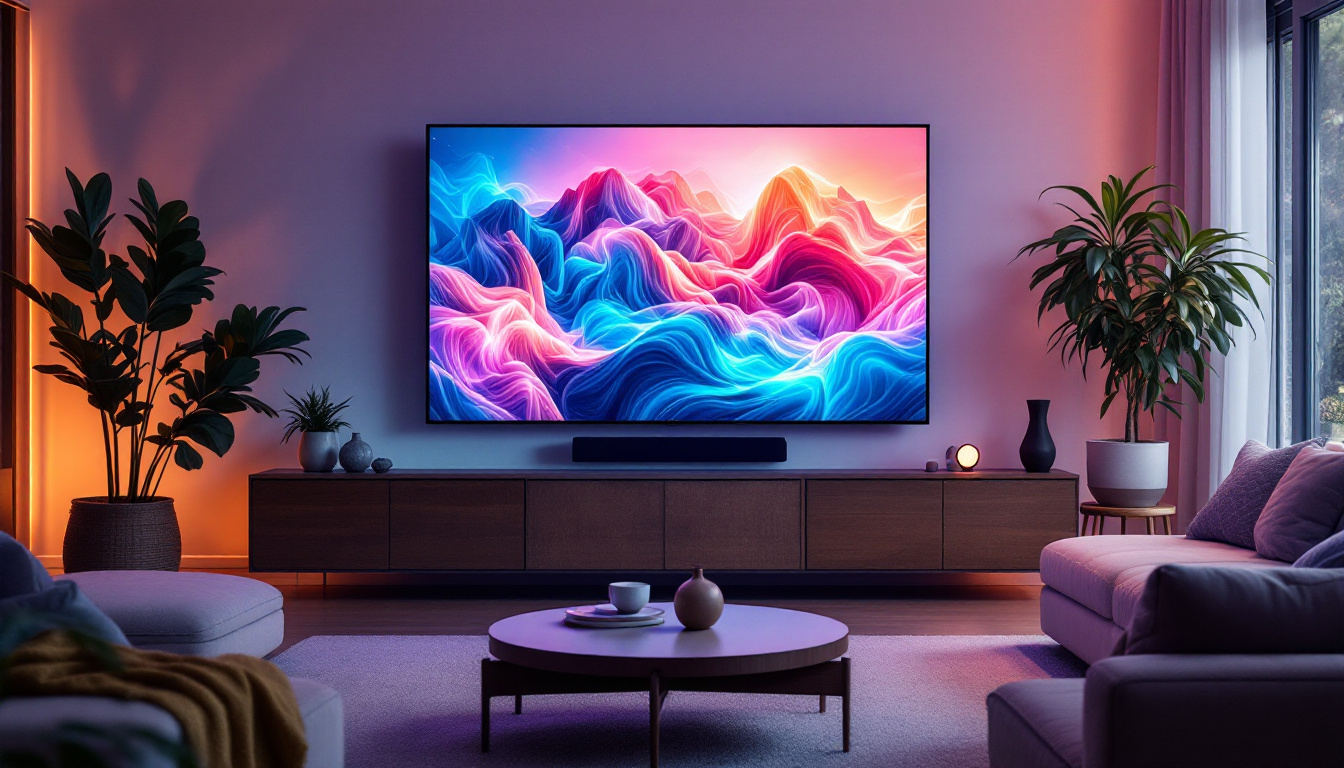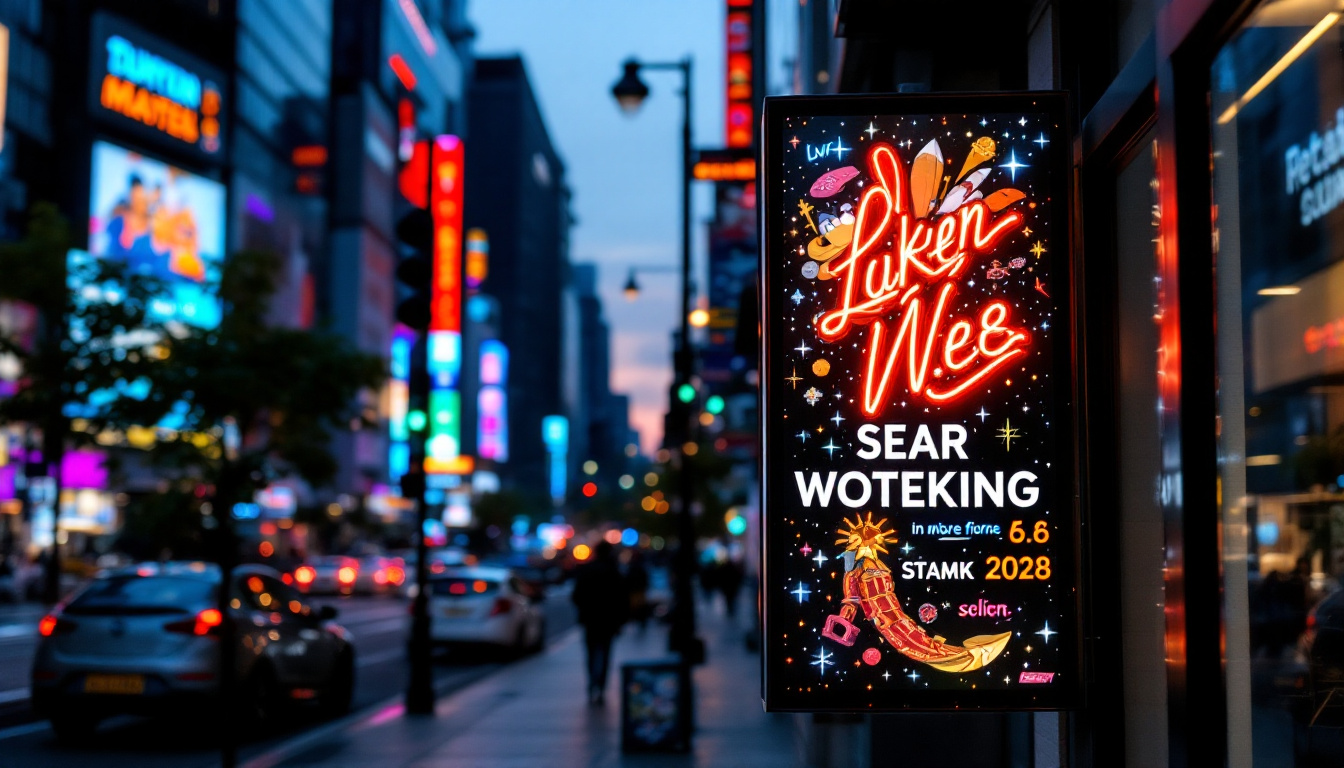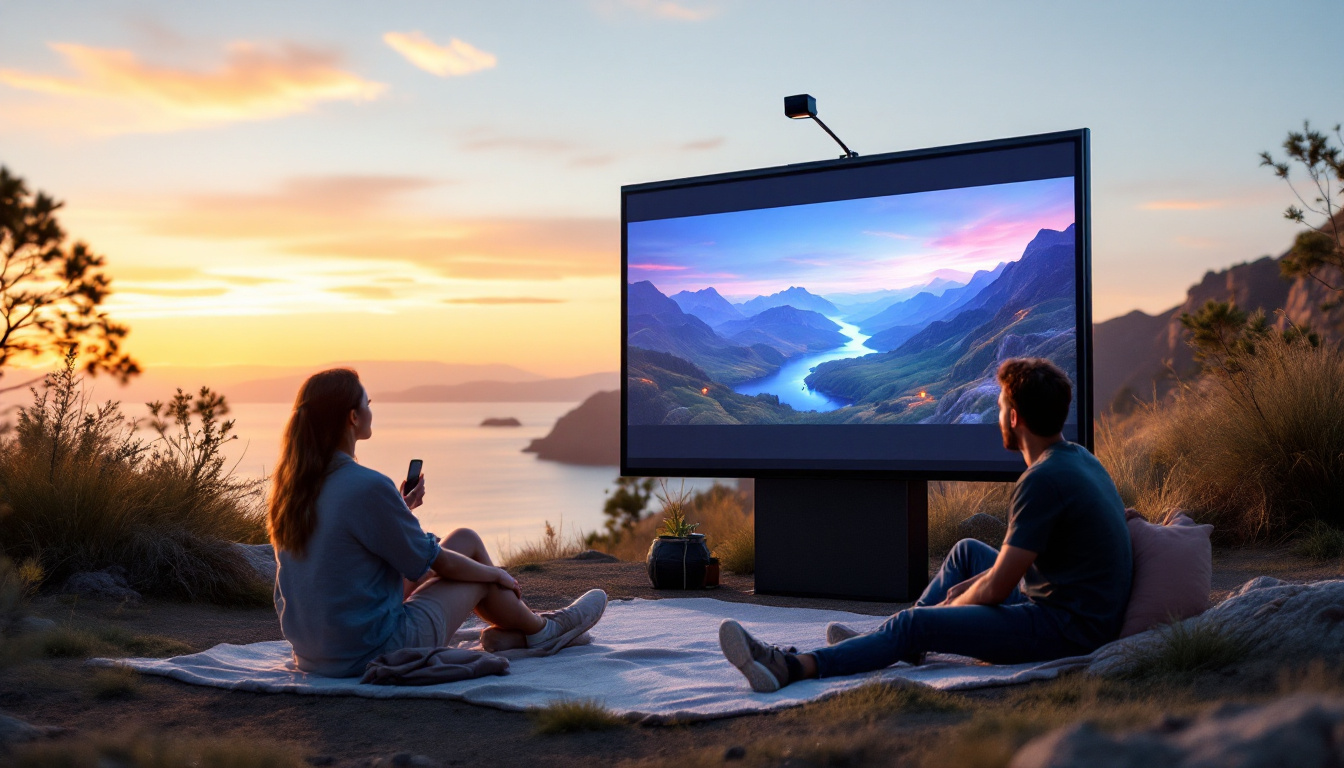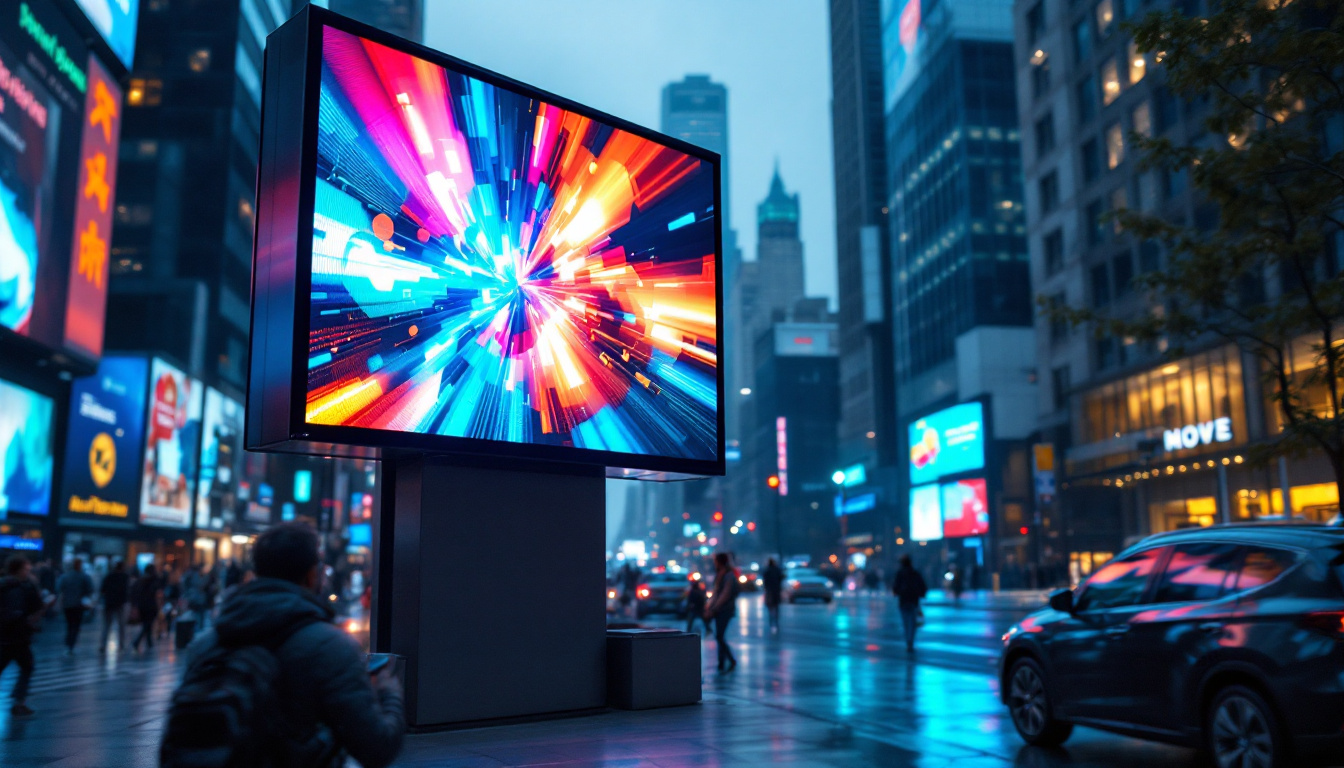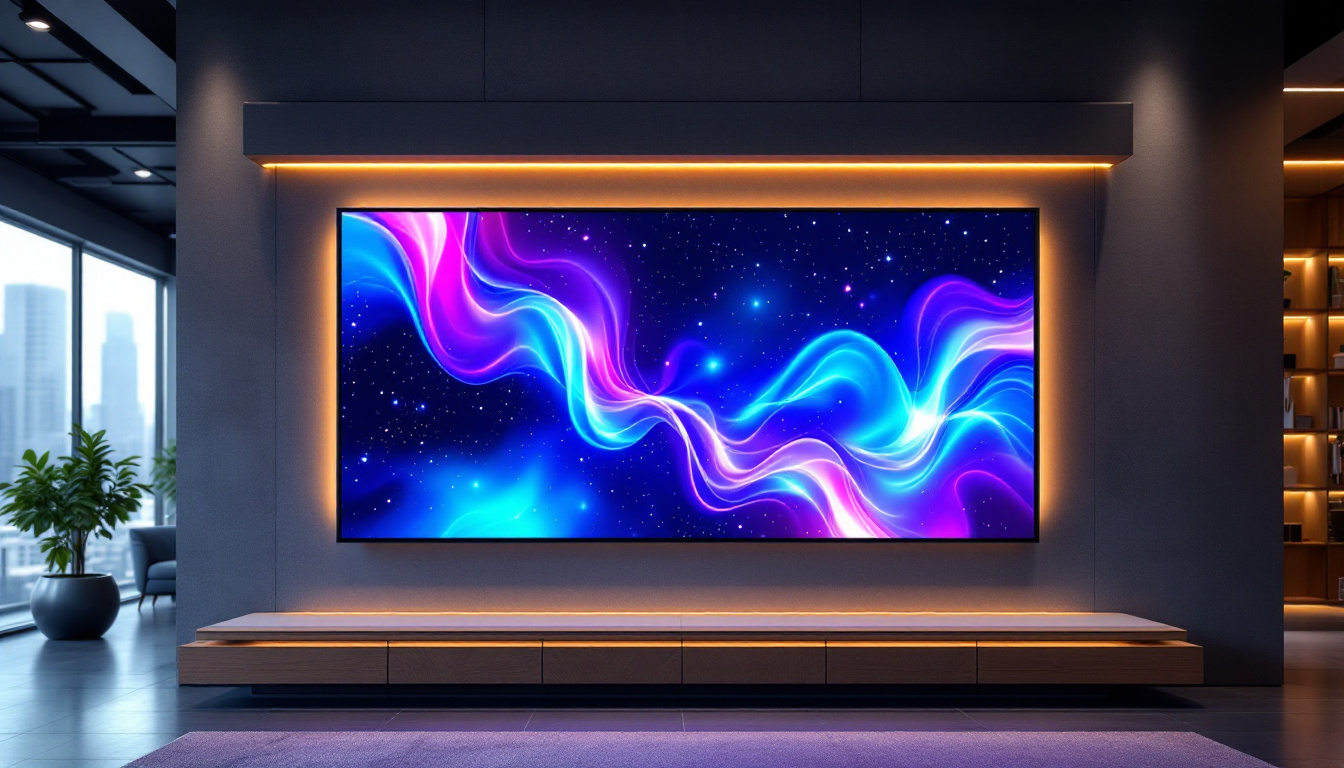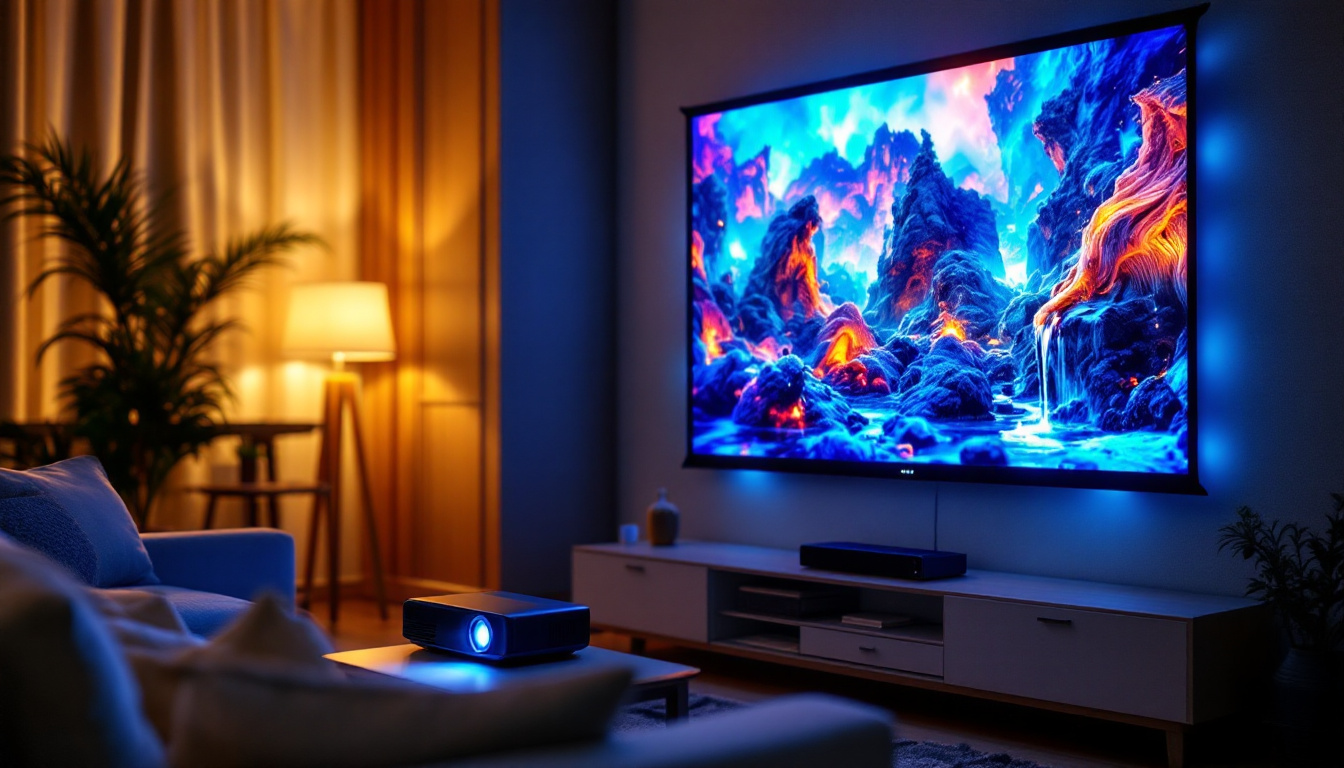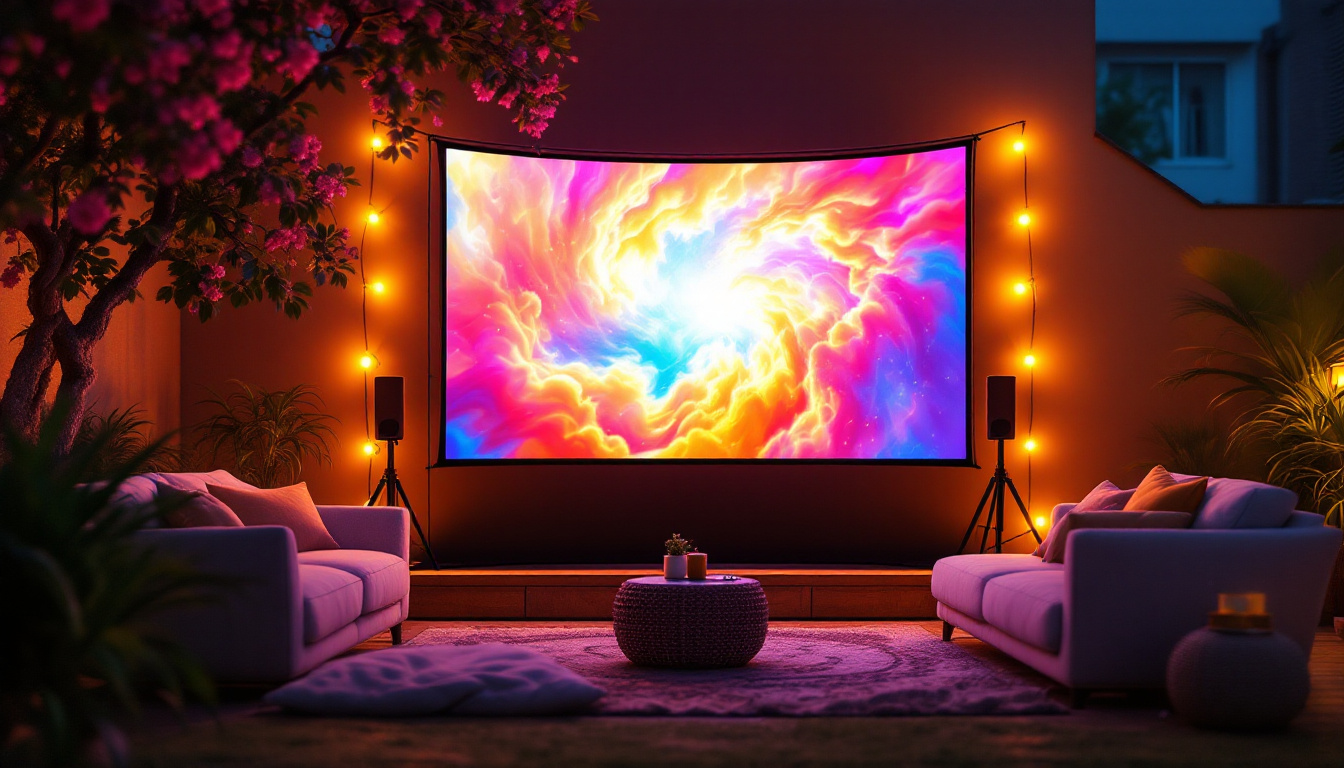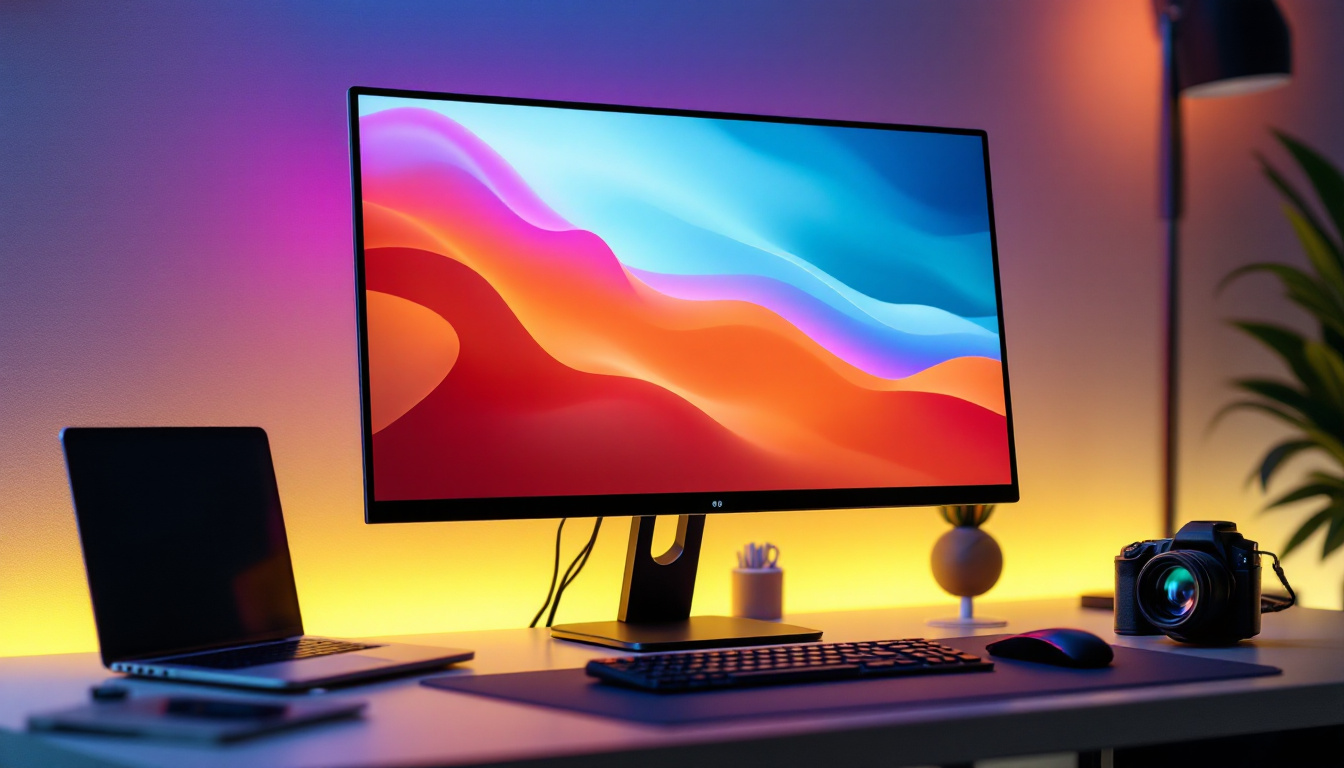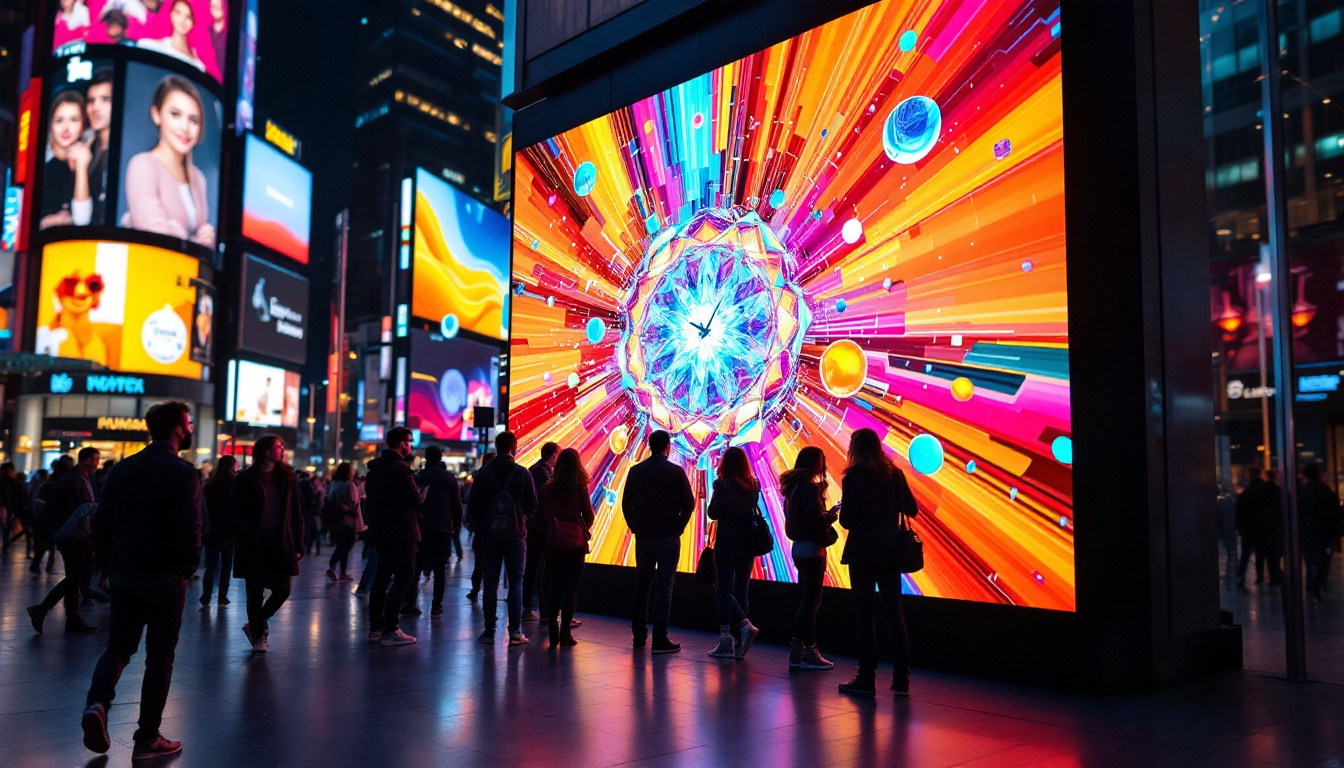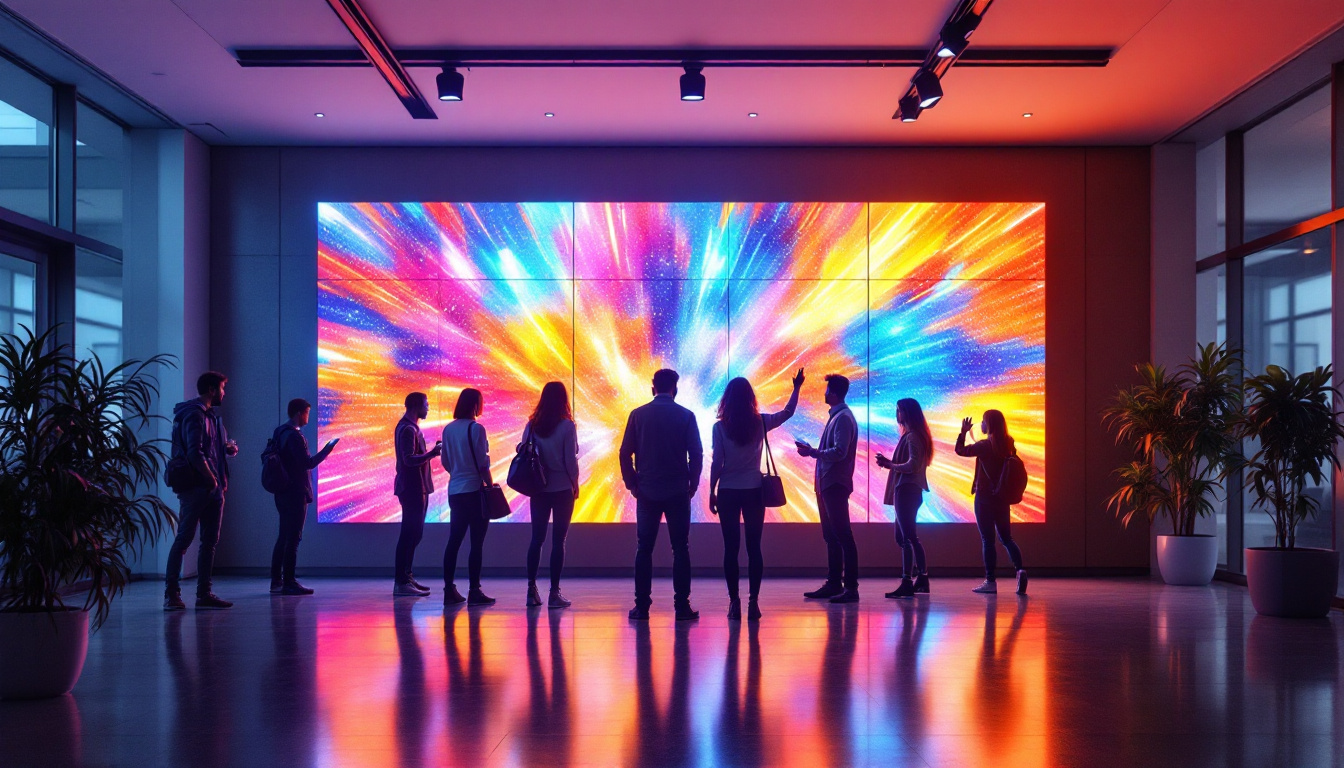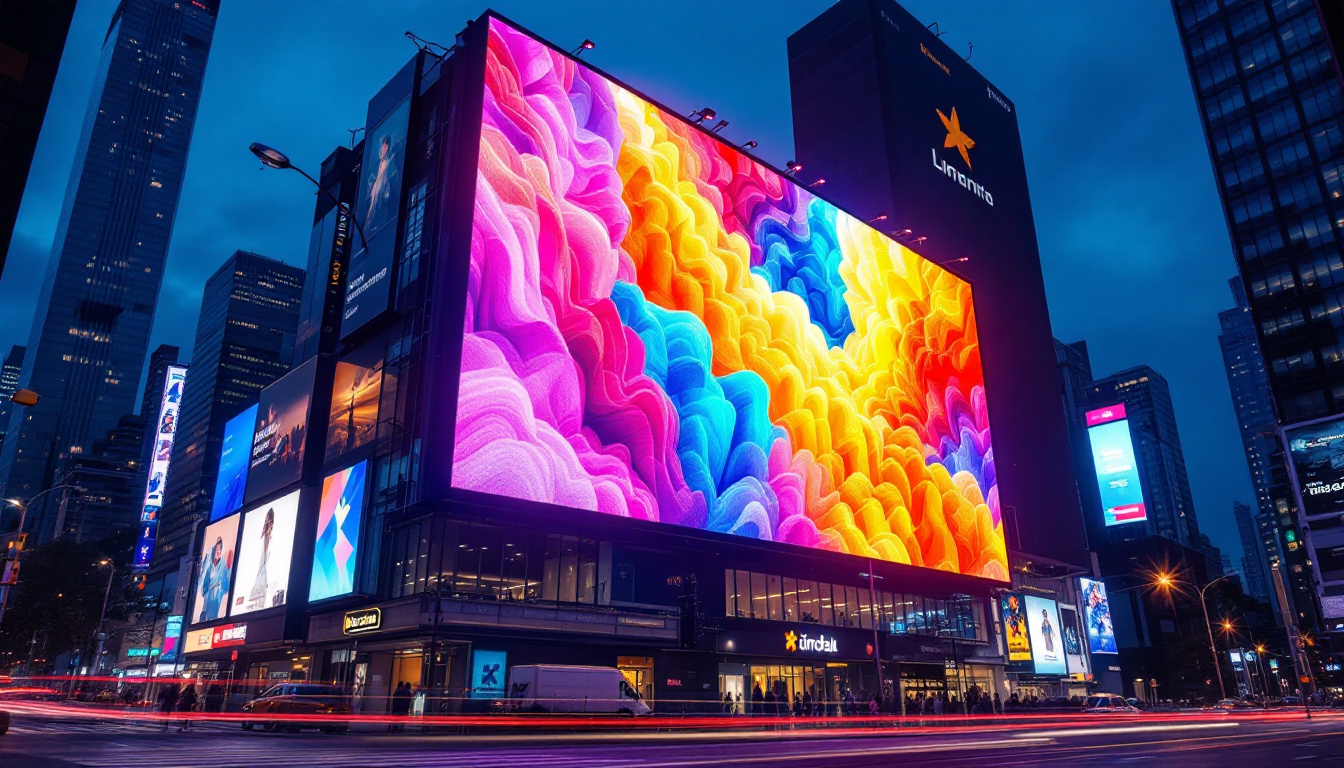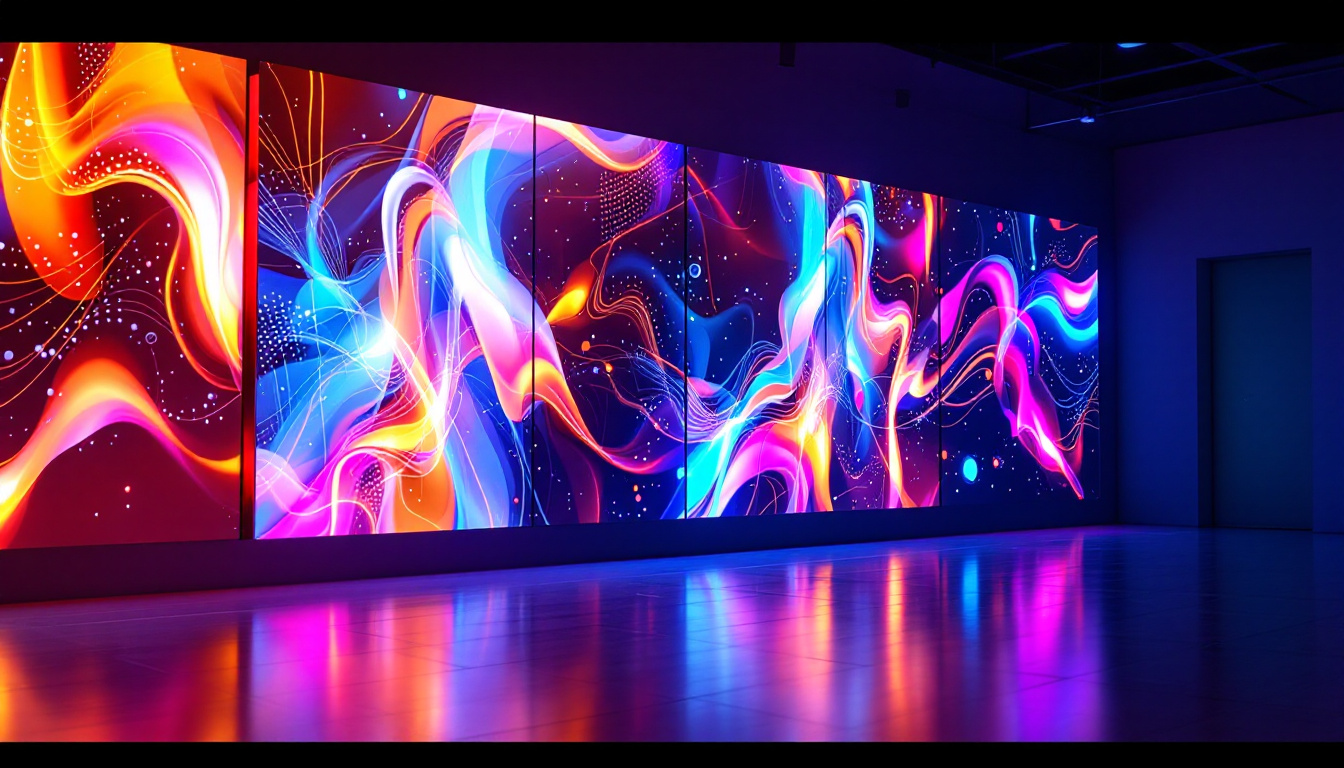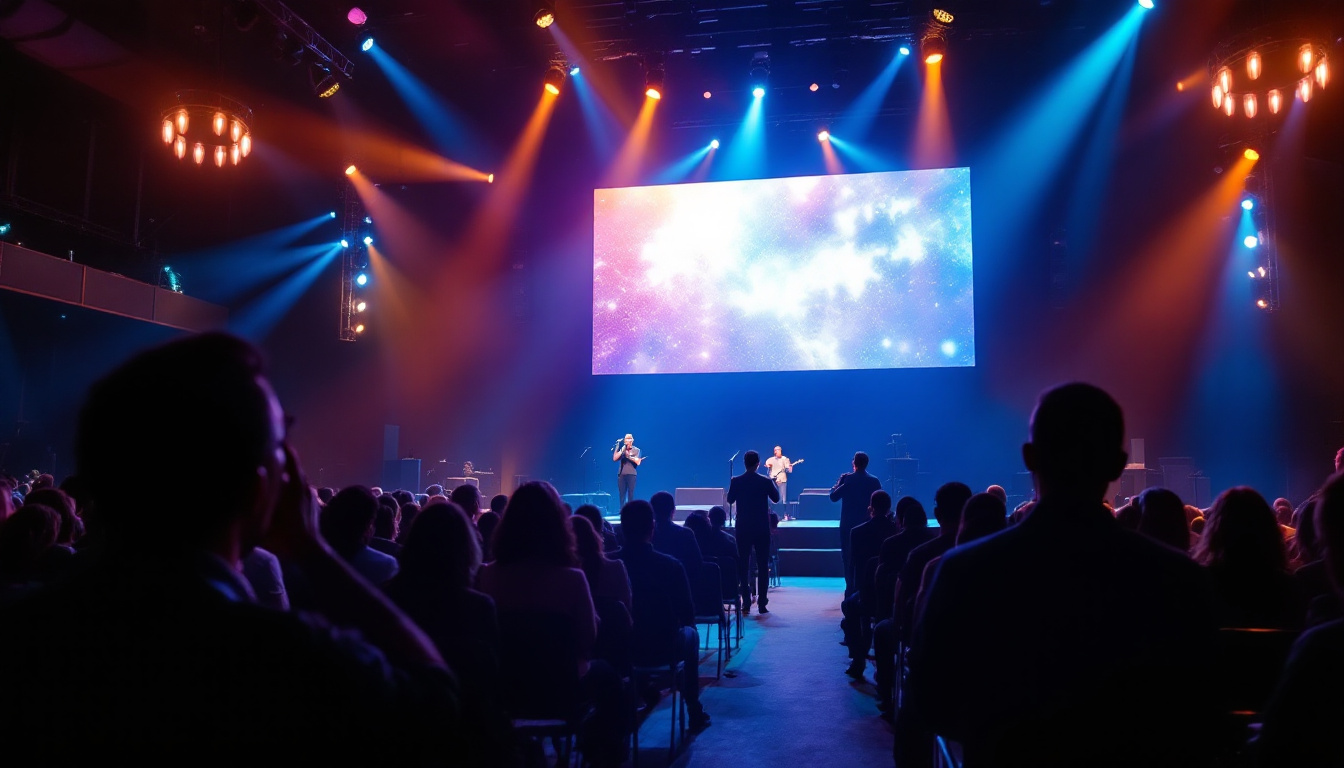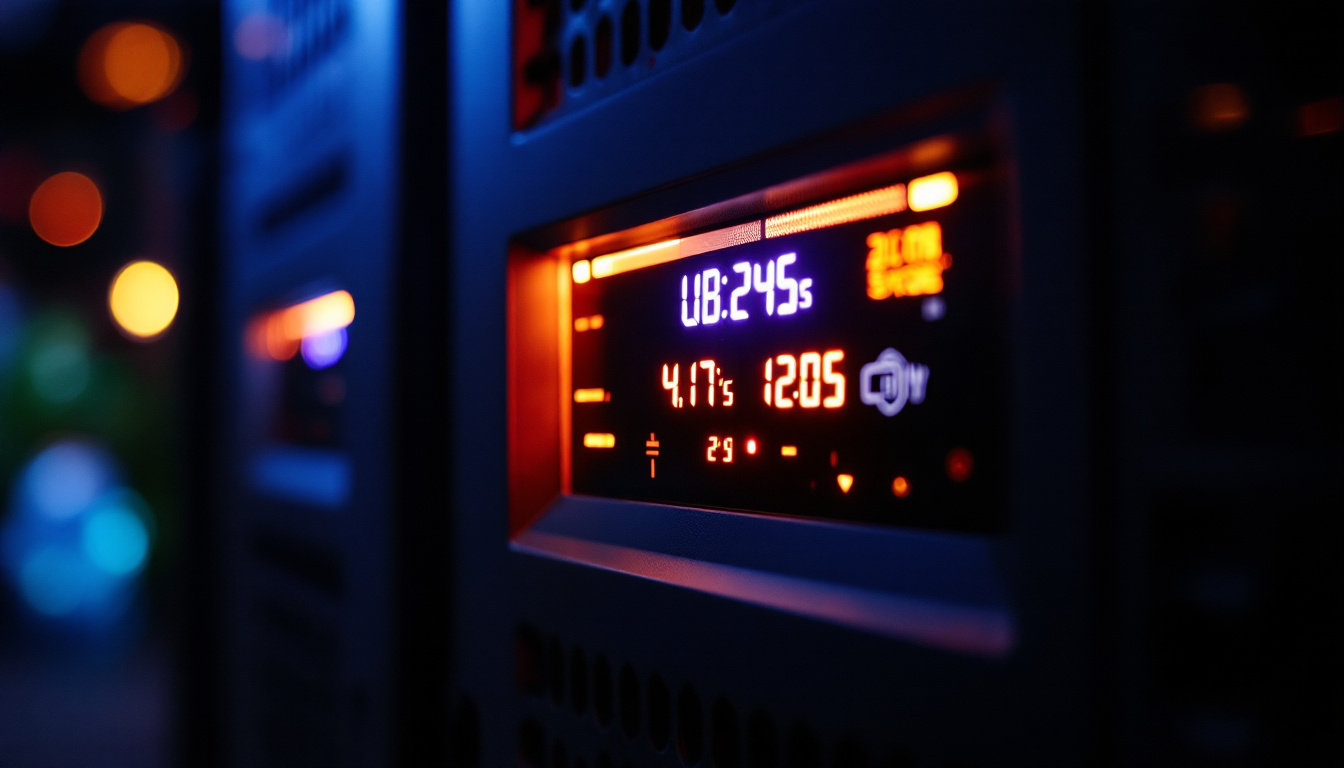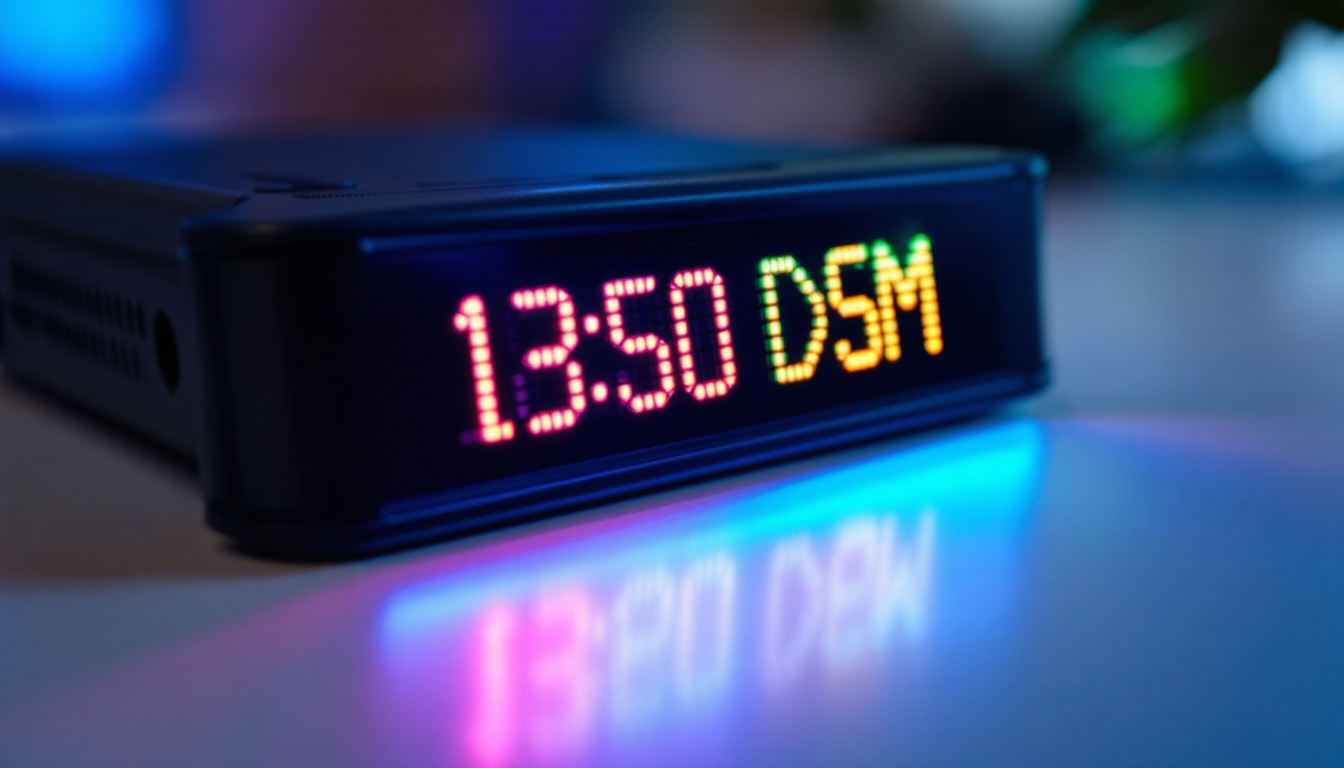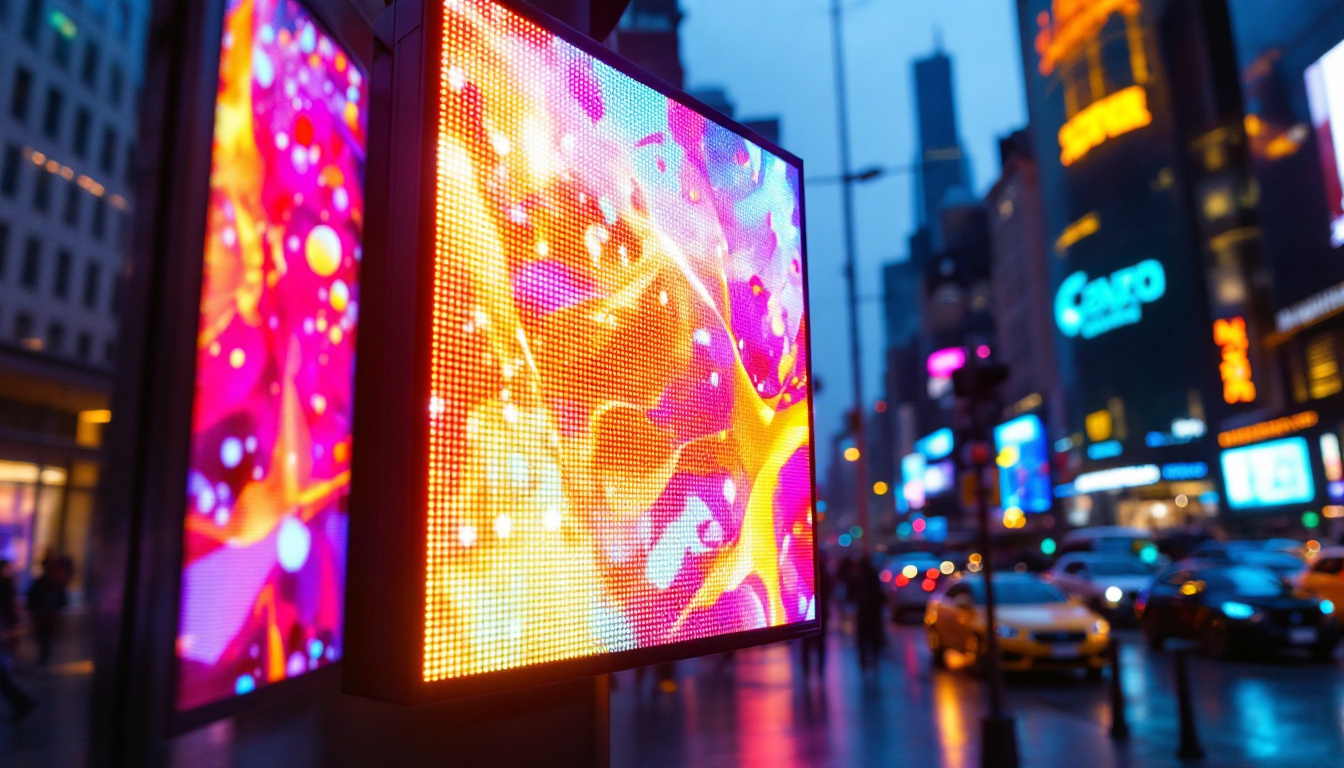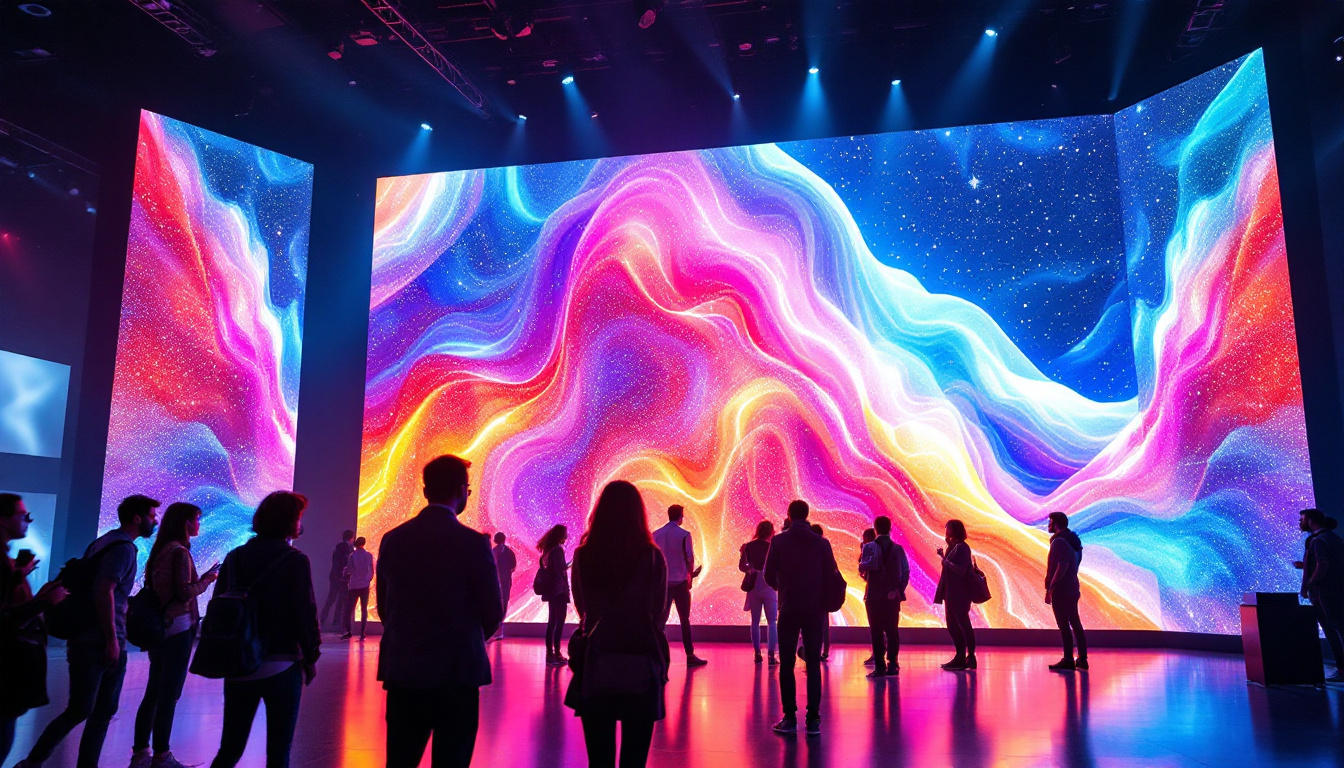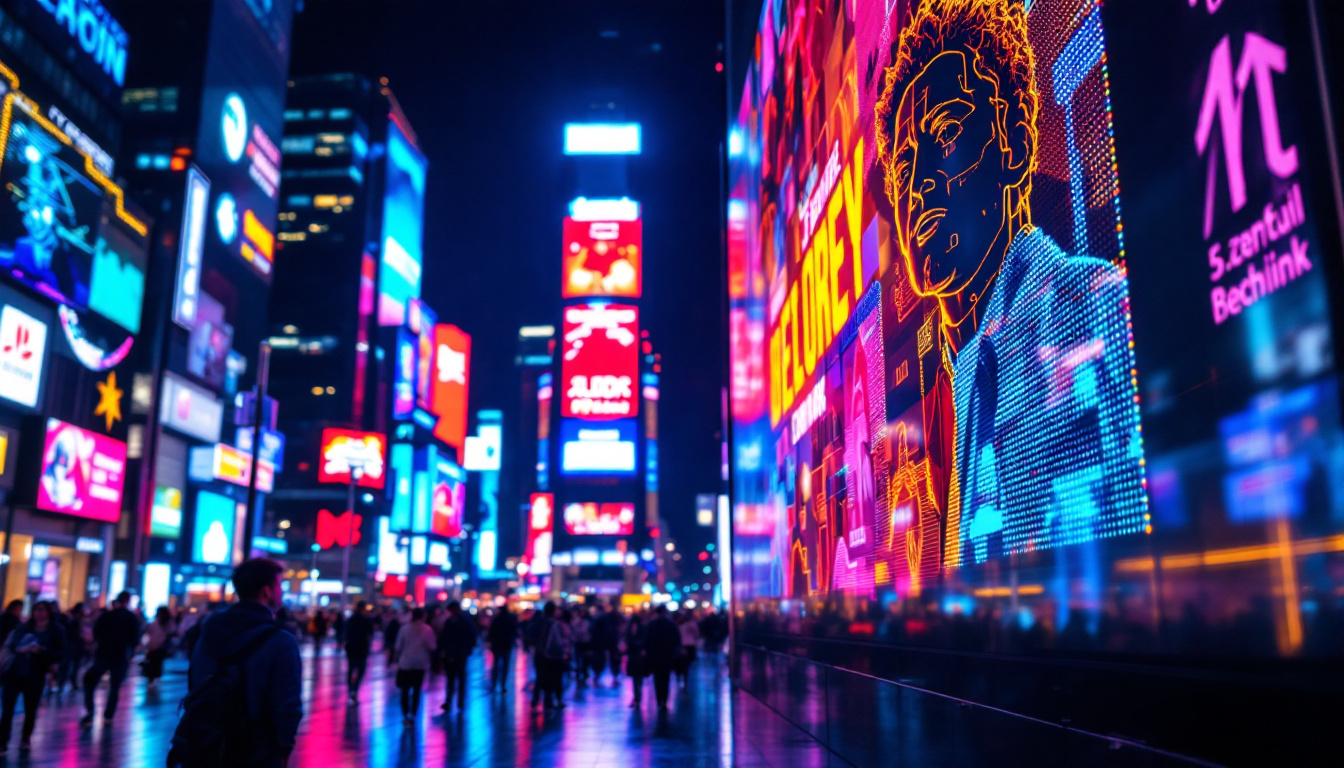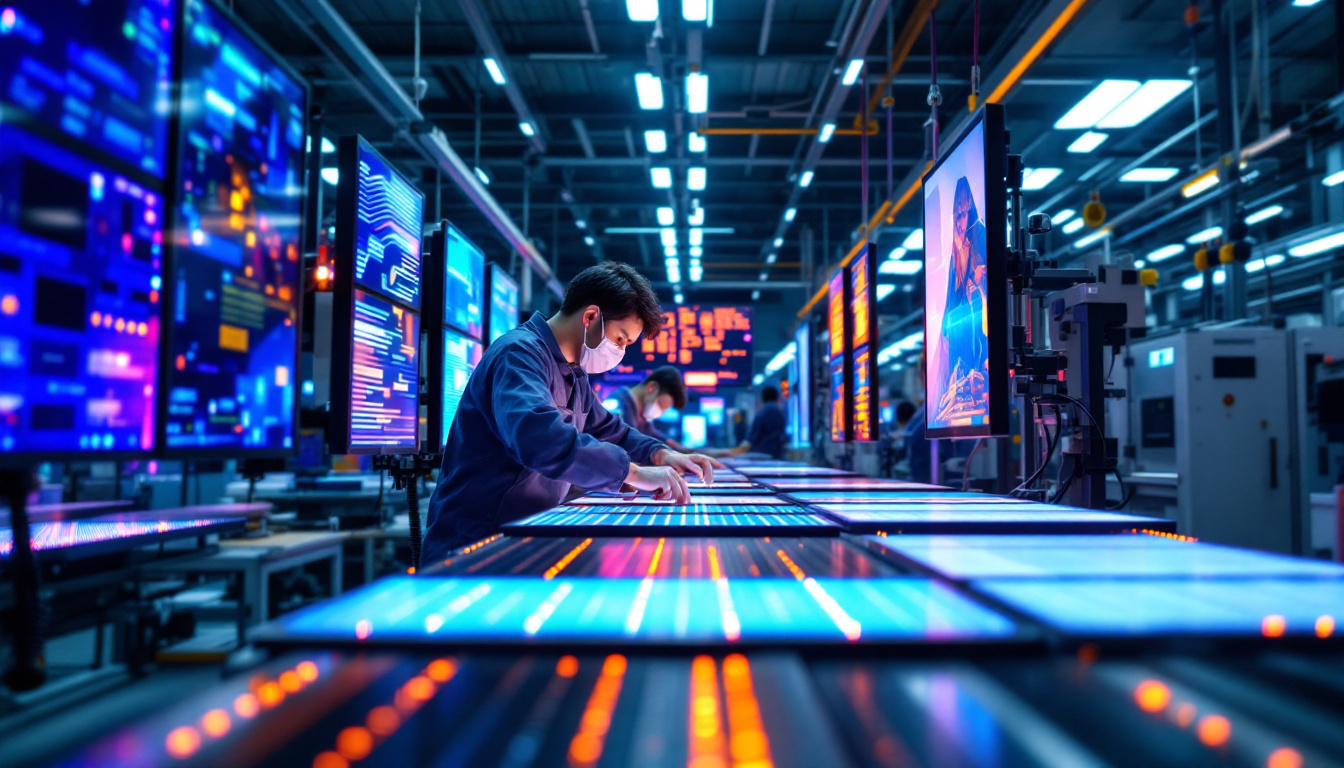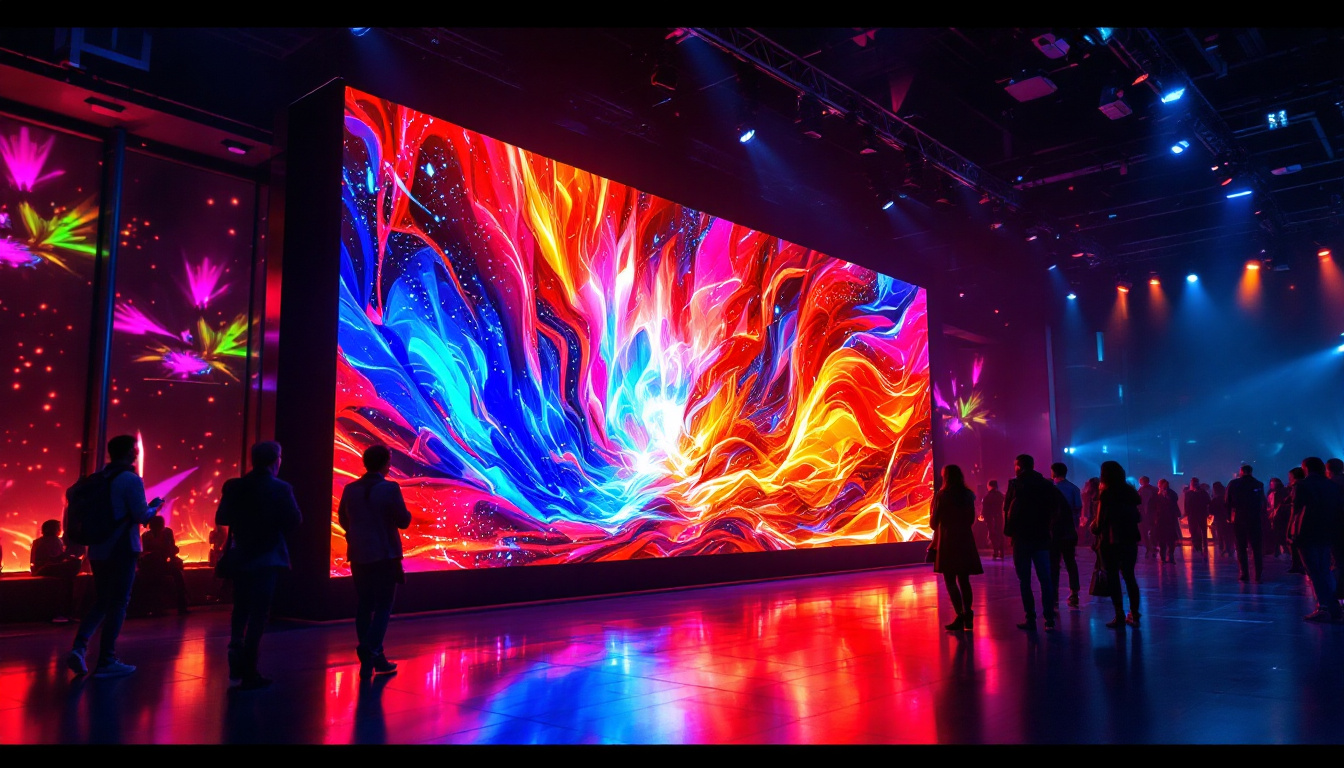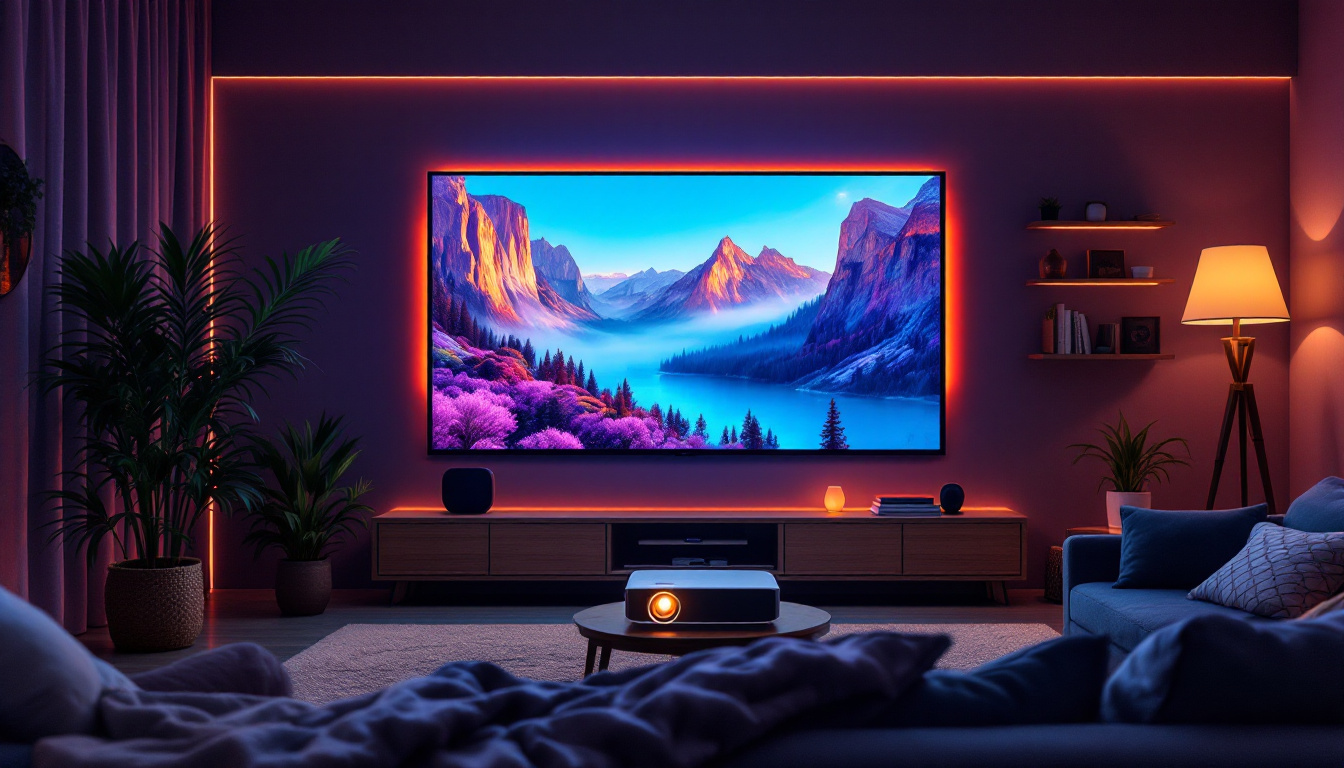In the world of modern technology, LED displays have emerged as a transformative force across various industries. From advertising to entertainment, the versatility and efficiency of LED screens have made them a preferred choice for many applications. This article delves into the nuances of LED film screens, exploring their pricing, technology, and the factors influencing their cost.
Understanding LED Film Screens
LED film screens are a type of display technology that utilizes light-emitting diodes (LEDs) to create vibrant images and videos. Unlike traditional screens, these displays are often thinner and more flexible, allowing for innovative designs and applications.
What Are LED Film Screens?
LED film screens are essentially made up of numerous tiny LED lights that work together to produce images. These screens can be used in various formats, including large outdoor billboards, indoor advertising displays, and even as part of stage productions. Their lightweight and flexible nature allows them to be mounted in unconventional spaces, making them ideal for creative installations. The versatility of LED film screens has led to their adoption in various industries, from entertainment to retail, where they serve as dynamic canvases for visual storytelling.
In addition to their aesthetic appeal, LED film screens can be customized to fit specific needs. For instance, they can be designed in various shapes and sizes, enabling brands to create unique advertising experiences that capture consumer attention. Furthermore, advancements in technology have led to the development of transparent LED film screens, which allow for immersive displays that do not obstruct the view behind them, opening up new possibilities for architectural integration and interactive installations.
How Do They Work?
The operation of LED film screens is relatively straightforward. Each pixel on the screen consists of red, green, and blue (RGB) LEDs that combine to create a full spectrum of colors. By adjusting the intensity of each LED, the screen can display a wide range of images and videos with high clarity and brightness. This pixel-level control is what allows for stunning visuals and smooth transitions, essential for applications in live events and high-definition advertising.
Moreover, LED film screens often incorporate advanced technologies such as dynamic refresh rates and adaptive brightness control, which enhance the viewing experience. These features ensure that the screens can adjust to varying ambient light conditions, maintaining optimal visibility and color accuracy. This adaptability is particularly beneficial for outdoor installations, where changing weather and lighting conditions can impact performance.
Key Advantages of LED Film Screens
One of the primary advantages of LED film screens is their energy efficiency. Compared to traditional display technologies, LEDs consume significantly less power, making them more sustainable. Additionally, they offer superior brightness and contrast, ensuring visibility even in bright outdoor environments. Their durability and long lifespan further enhance their appeal, reducing the need for frequent replacements. This longevity not only translates to cost savings over time but also minimizes the environmental impact associated with electronic waste.
Another noteworthy advantage is their ability to display content in real-time. This feature is particularly valuable for businesses that require timely updates, such as news outlets or event organizers. With the capability to change advertisements or information instantaneously, LED film screens can engage audiences more effectively than static displays. Furthermore, the integration of smart technology allows for interactive features, enabling viewers to engage with the content through touch or mobile devices, thus creating a more immersive experience.
Factors Influencing LED Film Screen Prices
The price of LED film screens can vary widely based on several key factors. Understanding these factors can help businesses and individuals make informed decisions when investing in this technology.
Screen Size and Resolution
One of the most significant determinants of price is the size and resolution of the screen. Larger screens with higher resolutions typically cost more due to the increased number of LEDs required to produce clear images. For instance, a high-definition LED screen measuring 10 feet by 20 feet will be priced higher than a smaller, lower-resolution model.
Type of LED Technology
Different types of LED technology can also affect pricing. For example, full-color RGB LED screens are generally more expensive than monochrome displays. Additionally, advancements in technology, such as microLED and OLED, can lead to higher costs due to their superior performance and image quality.
Installation and Maintenance Costs
Installation and maintenance are crucial considerations when evaluating the overall cost of LED film screens. Professional installation may incur additional expenses, especially for large or complex setups. Moreover, ongoing maintenance, including cleaning and repairs, can add to the long-term costs associated with owning an LED display.
Comparing Prices: LED Film Screens vs. Traditional Displays
When considering an investment in display technology, it is essential to compare LED film screens with traditional display options, such as LCD or projection systems. This comparison can provide valuable insights into the cost-effectiveness and overall value of LED technology.
Initial Investment
Initially, LED film screens may appear to be more expensive than traditional displays. However, the long-term benefits often outweigh the upfront costs. LED screens typically have a longer lifespan, lower energy consumption, and reduced maintenance needs, which can lead to significant savings over time.
Operating Costs
Operating costs play a crucial role in the overall value of display technology. LED screens are known for their energy efficiency, consuming less power than traditional LCDs or projectors. This efficiency translates to lower electricity bills and a reduced carbon footprint, making them an environmentally friendly choice.
Return on Investment (ROI)
When evaluating the ROI of LED film screens, businesses often find that the enhanced visibility and engagement they offer can lead to increased sales and brand awareness. The ability to display dynamic content, such as videos and animations, can capture attention more effectively than static displays, making LED screens a worthwhile investment in many cases.
Where to Buy LED Film Screens
Finding the right supplier for LED film screens is crucial for ensuring quality and value. Various options are available, from specialized manufacturers to online retailers, each offering different products and services.
Specialized Manufacturers
Purchasing directly from specialized manufacturers can provide several advantages, including access to the latest technology and customization options. Many manufacturers offer a range of products tailored to specific needs, whether for indoor or outdoor use. Additionally, they often provide warranty and support services, ensuring peace of mind for buyers.
Online Retailers
Online retailers offer convenience and often a broader selection of products. Buyers can easily compare prices and features from multiple brands, making it easier to find the right LED film screen for their needs. However, it is essential to research the reputation of online sellers to ensure quality and reliability.
Local Distributors
Local distributors can provide personalized service and support, making them an excellent option for businesses looking for tailored solutions. They often have a deep understanding of the local market and can offer insights into the best products for specific applications.
Installation Tips for LED Film Screens
Proper installation is crucial for maximizing the performance and lifespan of LED film screens. Here are some essential tips to consider during the installation process.
Choose the Right Location
Selecting the appropriate location for the LED screen is vital. Factors such as visibility, ambient light, and viewing distance should be considered to ensure optimal performance. For outdoor screens, it is essential to choose a location that minimizes glare from the sun and is protected from harsh weather conditions.
Ensure Proper Mounting
Proper mounting is critical for the stability and safety of the LED screen. Depending on the size and weight of the display, different mounting solutions may be required. It is advisable to consult with professionals to ensure that the screen is securely installed and complies with local regulations.
Regular Maintenance
Regular maintenance is essential for keeping LED film screens in optimal condition. This includes cleaning the surface to remove dust and debris and checking for any signs of wear or damage. Establishing a maintenance schedule can help extend the lifespan of the screen and ensure consistent performance.
Future Trends in LED Display Technology
The LED display industry is constantly evolving, with new technologies and trends emerging regularly. Staying informed about these developments can help businesses and consumers make better purchasing decisions.
Advancements in MicroLED Technology
MicroLED technology is gaining traction as a promising alternative to traditional LED displays. This technology utilizes smaller LEDs, allowing for higher resolutions and improved color accuracy. As microLED technology continues to advance, it is expected to become more widely adopted in various applications, from consumer electronics to large-scale displays.
Integration with Smart Technology
As smart technology becomes increasingly prevalent, LED displays are also evolving to integrate with smart systems. This includes features such as remote management, real-time content updates, and interactive capabilities. Such advancements can enhance user experience and provide businesses with more effective tools for engagement and advertising.
Sustainability and Eco-Friendly Practices
With growing concerns about environmental impact, many manufacturers are focusing on sustainability in their production processes. This includes using recyclable materials, reducing energy consumption, and implementing eco-friendly practices throughout the supply chain. As consumers become more environmentally conscious, the demand for sustainable LED displays is likely to increase.
Conclusion
LED film screens represent a significant advancement in display technology, offering numerous benefits across various applications. While the initial investment may be higher than traditional displays, the long-term savings, enhanced visibility, and versatility make them a worthwhile consideration for businesses and individuals alike.
Understanding the factors that influence LED film screen prices, exploring where to buy them, and considering installation and maintenance tips can help ensure a successful investment. As technology continues to evolve, staying informed about trends and advancements will be essential for maximizing the potential of LED displays in the future.
Discover Cutting-Edge LED Displays with LumenMatrix
Ready to elevate your visual communication with the latest in LED display technology? Look no further than LumenMatrix, a pioneer in crafting LED display modules that bring your brand to life. Whether you’re in need of an Indoor LED Wall Display, a vibrant Outdoor LED Wall Display, or specialized solutions like Vehicle, Sports, or Floor LED Displays, LumenMatrix has you covered. Our mission is to create visual experiences that captivate and engage, ensuring your message resonates with clarity and impact. Don’t miss out on the opportunity to transform your space. Check out LumenMatrix LED Display Solutions today and step into the future of digital signage.


